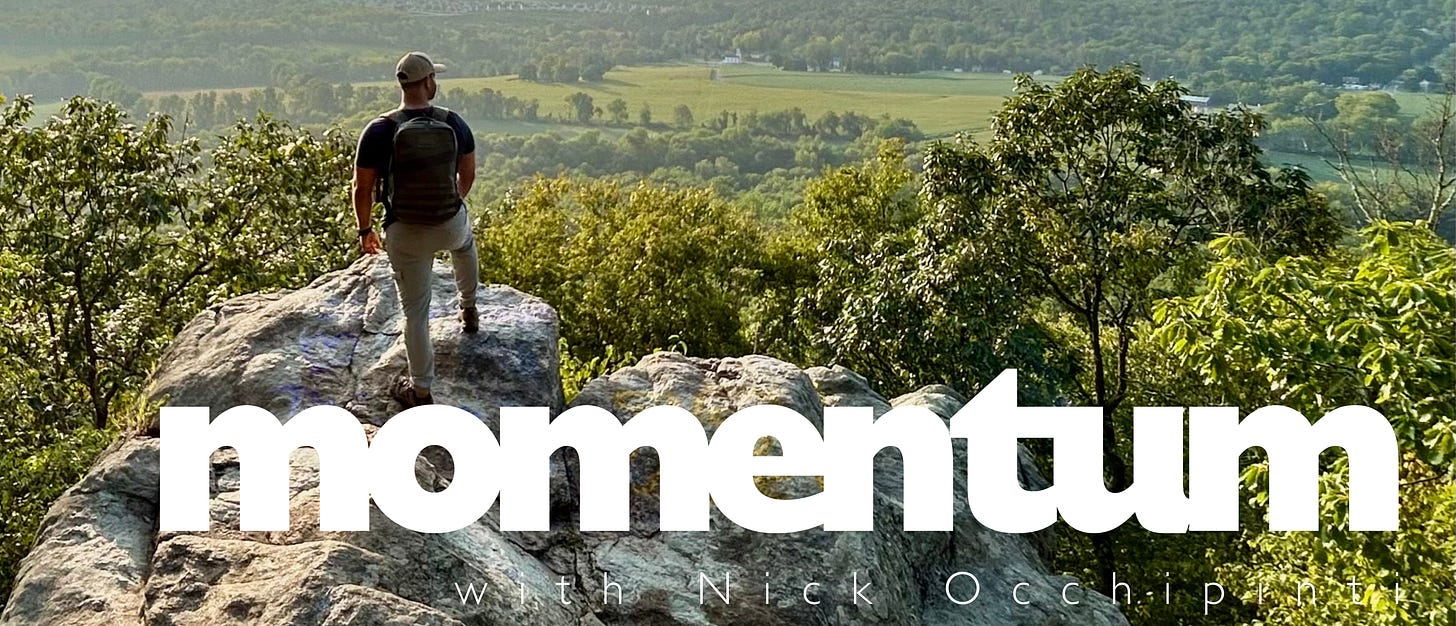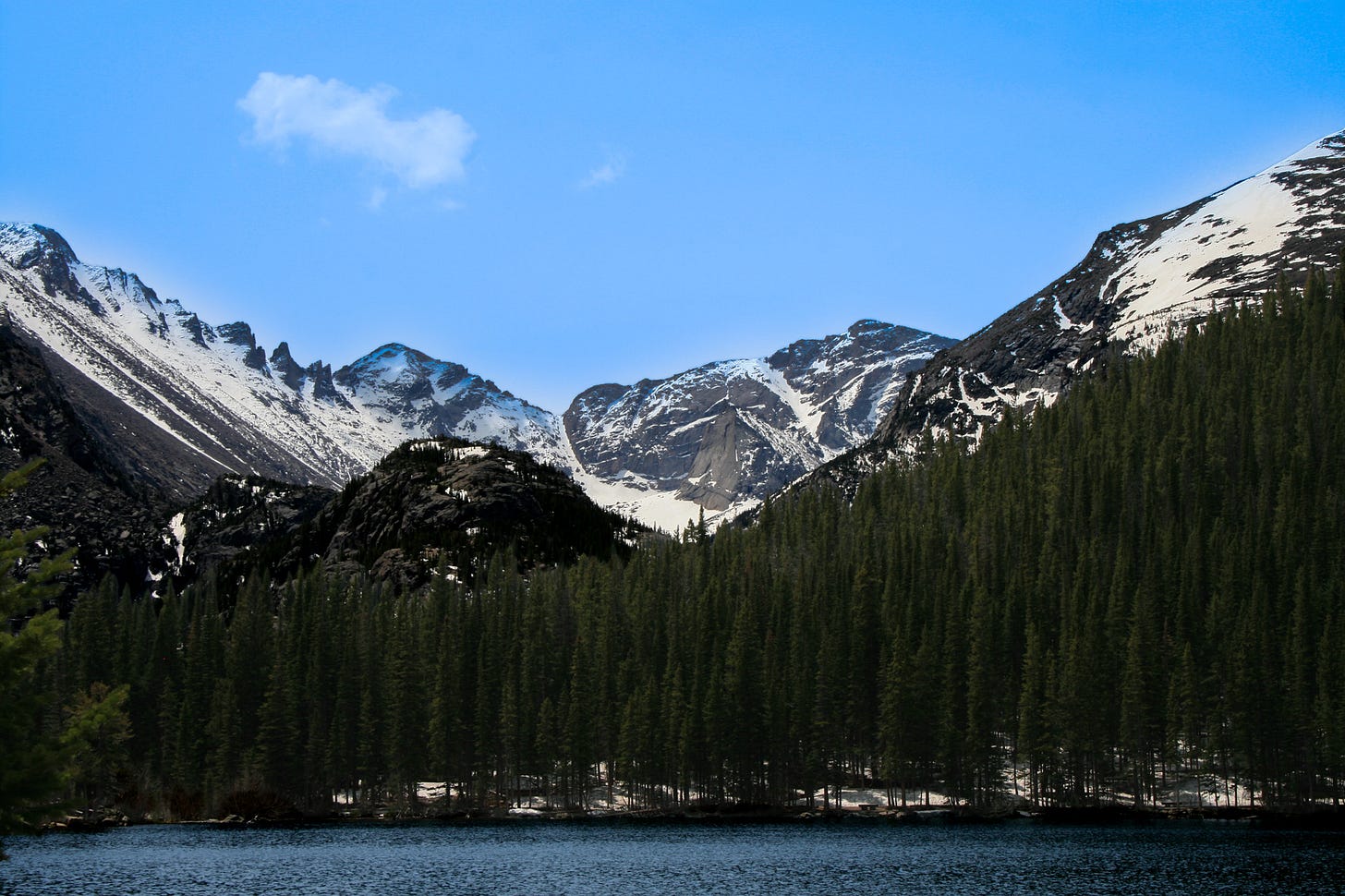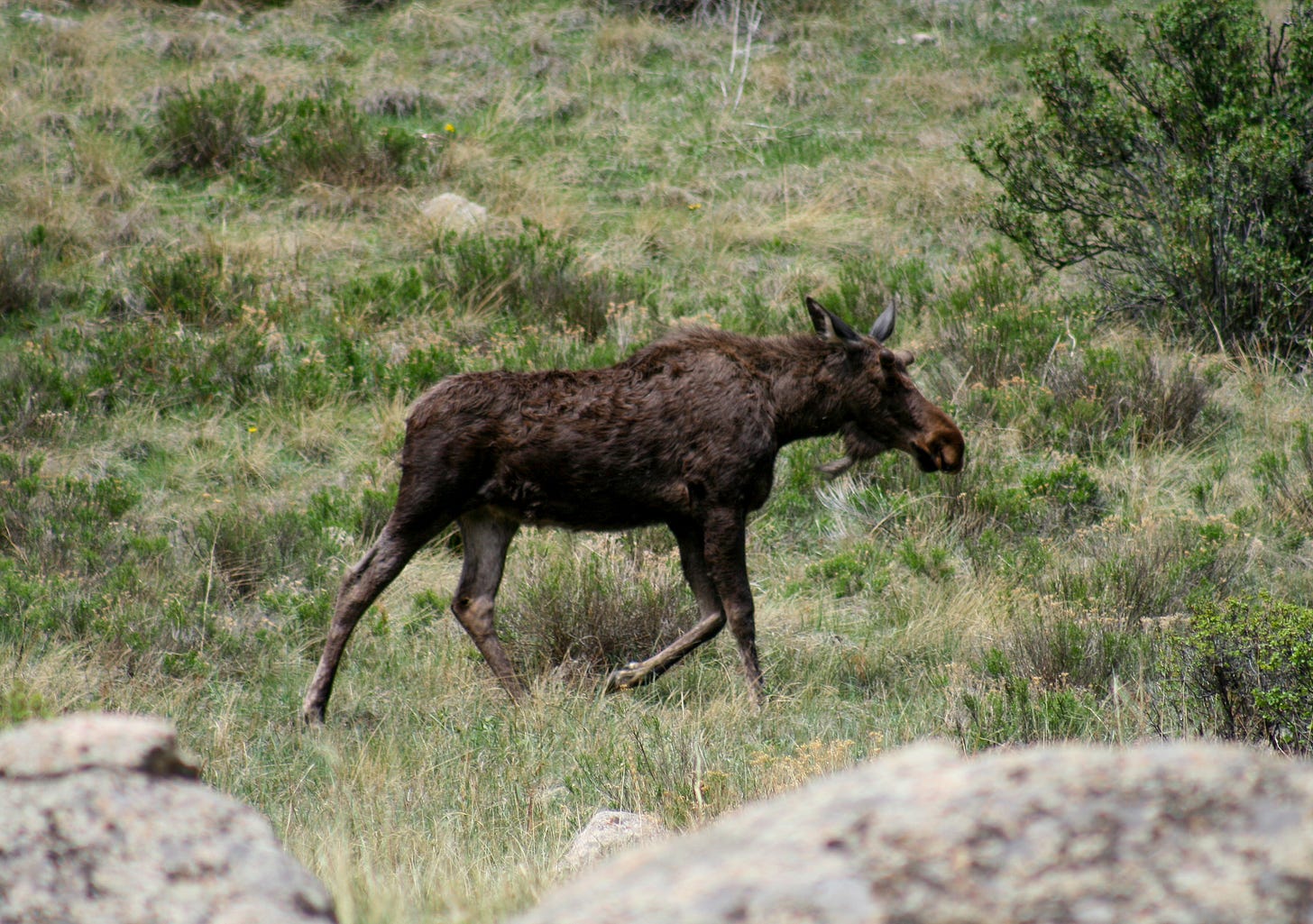The developed world we live in is becoming less and less natural as technologies advance.
Unfortunately, our increasingly technological society seems to be taking us further away from nature. The average screen time in the US for adults is around 8 hours/day; with many going way above this number. That means we spend 2.5 days each week staring at a screen.
Of course, for many people this is their occupation and not all screen time is bad. For example, looking at a screen to read this article is a life altering experience.
But we know that increased screen time is linked to poor health outcomes, especially in children.
Humans, like all other animals on the planet, evolved not just in natural environments but as part of nature.
We humans of today, however, often times need to be deliberate about getting out into nature. It is logical to assume that we would thrive then when exposed to more nature, as opposed to less.
I know that for me and my wife, our time spent in nature is restorative and an important part of our daily lives.
I wanted to find out why spending time in nature makes us feel so good and see if there was any science explaining the connection between the great outdoors and good health.
Turns out, there was a lot.
In this edition of Momentum you’ll learn about:
The biophilia hypothesis
The many health benefits of spending time in nature
How much time you should spend outdoors to get the benefits
My two favorite outdoor workouts
The Biophilia Hypothesis
The biophilia hypothesis suggests that humans possess an innate tendency to seek connections with nature and other forms of life.
We see this tendency play out throughout our history and culture.
Henry David Thoreau spent 2 years living in a cabin in the woods at Walden Pond to re-connect with nature, learn to live simply, and wind up producing his best work.
The Japanese are one of the healthiest populations on the planet. Their culture contains a unique pursuit known as shinrin-yoku. Translated literally to English, this means “forest bathing” and is an essential practice to physical and psychological well-being that began in the 1980’s as a way to combat technological advancements.
Now, healthcare providers in Canada are even prescribing spending time in nature for certain health conditions.
I like this quote from Teddy Roosevelt, who did a lot as president to expand the the US National Parks Service.
“There is a delight in the hardy life of the open. There are no words that can tell the hidden spirit of the wilderness that can reveal its mystery, its melancholy and its charm. The nation behaves well if it treats the natural resources as assets which it must turn over to the next generation increased and not impaired in value. Conservation means development as much as it does protection.”
Like all animals on this planet, humans were once intertwined with nature. Now, thanks to advancements in technology, we don’t really need to interact with it at all. But, a piece of our biology still yearns for that connection.
This urge to get out into nature not only makes us feel good but produces real, life-changing health benefits.
Let’s explore that.
The Health Benefits of Going Outside
A 2018 systematic review published in Environmental Research analyzed the findings from 143 individual studies on exposure to nature and health. Here is what they found:
Decreases in the incidence of diabetes
Decreased systolic blood pressure
Decreased cortisol (the stress hormone)
Decreased heart rate
Decreases in deaths from heart disease and from all-causes
While this study focused on the physiological health benefits of spending time in nature; a number of psychological health benefits can also be experienced.
A 2019 paper in Science Advancements analyzed the mental health benefits of spending time in nature. Here is what they reported:
Improved happiness and subjective well-being
An improved sense of purpose and meaning
Improved memory and attention
Impulse inhibition
Increased children’s school performance
Reductions in stress
Reductions in depression
Improved sleep
Some of these benefits were even seen by just looking at a picture of nature or watching a video of nature. So, here you go!
How much nature do we need?
Like most things, there is a dose-response relationship between the stimulus and the effect.
To grow your arms: 1 set of bicep curls is less effective than 5 sets of bicep curls which may be more effective than 20 sets.
So, how much nature do we need? Let’s try to get an answer.
A 2019 study published in Nature found that 120-179 minutes per week was the optimal amount of time spent in nature to maximize the feelings of well-being and good health.
Another interesting finding from this study was that there was no difference in health benefits based on how you got to that amount of time. For example, you could go on a 2 hour hike on Sunday or spend 20 minutes outside in the woods for 7 days and get similar results.
A 2021 study published in the International Journal of Environmental Research and Public Health found that students who were active outdoors in green spaces for at least 15 minutes, 4 times per week reported a higher quality of life, better mood, and reduced stress.
This same study reported that American adults who spent 5–6 or 6–8 hours outdoors during weekends had lower odds of being at least mildly depressed, compared with individuals who spent less than 30 min outdoors on weekends.
Does the type of nature matter?
Getting this time in nature is easier than you think.
You don’t have to travel across the country and meditate on top of the Rocky Mountains to experience these benefits.
Much of the research on time spent in nature is based on green spaces. Green spaces refer to areas within urban or rural landscapes that are primarily covered with natural vegetation, such as grass, trees, and other plants, and are typically open and accessible to the public.
So, walking down your tree lined street counts.
Taking your kids to the local park counts.
Hell, even watching a nature documentary or looking at images of nature kind of counts?
Positive associates between health and nature have been documented with exercising in green spaces, walking through forests, forest-bathing, and yes, even looking at pictures of nature.
So, open Google Maps, zoom out ‘til you see a patch of green, and then go there.
My two favorite outdoor workouts
Fortunately, my wife and I have created a life that allows us to spend a lot of time in nature.
On a nice day in the Spring and Summer the last thing I want to do is go inside a gym and lift weights.
Here are two of my favorite outdoor workouts to improve my health and fitness and get my dose of nature.
Rucking
Rucking involves wearing a heavy backpack (ruck) and walking
This is a great way to get Zone 2 and 3 cardio while also building some strength in the back and legs
I like to hike in the woods with the ruck for an hour or two and try to do this around once a week with the pup
For more on rucking and the gear I use, read this:
Hill Sprints
To get higher doses of cardio, into Zone 4 and 5, consider hill sprints
Here is my typical hill sprint workout:
Find a hill that takes between 10-20 seconds to sprint up
Warm-up with some running and lower effort sprints
Sprint up 6-10 times, and rest on your walk back down
Wrapping Up
Go the f*** outside. It’s good for ya. Hell, you might even see a moose.
Nick is a professor of sport and exercise science, a physical rehab practitioner, a strength and conditioning specialist, and writer.










